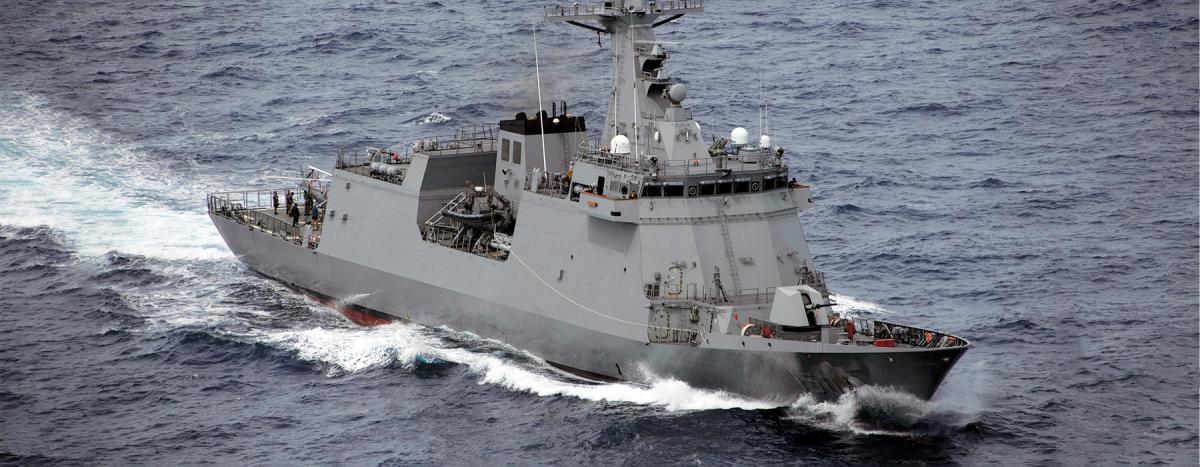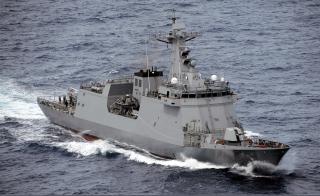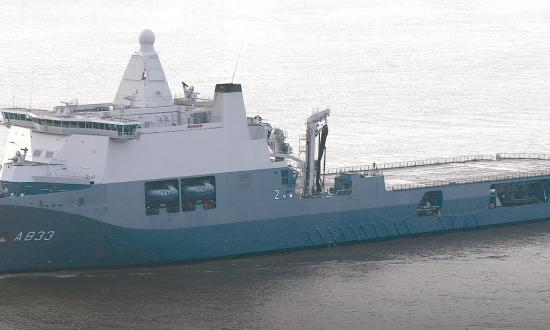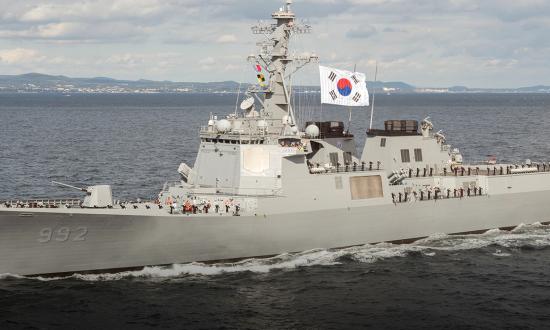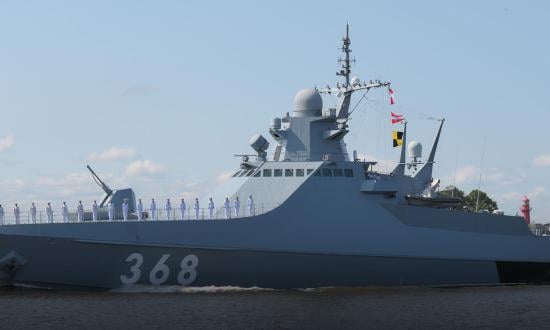The Philippine Navy frigates Jose Rizal and Antonio Luna were ordered in 2016 and form the two- ship Jose Rizal class. These new warships provide the Philippines, a U.S. treaty ally and archipelago nation of more than 7,000 islands and 112 million people, with the beginnings of a modem surface fleet.
Built by Hyundai Heavy Industries in Ulsan, South Korea, and based on South Korea’s Incheon class (FFX), the two warships incorporate signature-reduction features and are the most advanced combatants ever designed for and acquired by the Philippine fleet. Construction began on the class in 2018, and the Jose Rizal was launched in May 2019 and entered service in July 2020. Sister Antonio Luna was launched in November 2019 and commissioned in March 2021 Displacing 2,600 tons and measuring 353 feet long with a 43-foot beam and 12-foot draft, they are part of a recent drive toward modernization for the Philippine armed forces, which had a gun- only navy until 2018.
The Jose Rizal taking part in the Rim of the Pacific exercise in 2020. Credit: U.S. Navy (R. Madanat]
Sensors on board the frigates include the TRS-3D multimode phased-array radar for detecting and tracking air and surface targets, SharpEye Mk 11 navigation radars, and an identification friend-or-foe system. An electro-optic sensor is carried for surveillance and targeting, while decoy launchers and electronic support measures are carried for self-defense.
The ships have been outfitted for a wide variety of weapons, not all of which are planned for service in the near term. Reports indicate that the vessels are fitted for the Type 997 hull- mounted sonar and could eventually carry a towed array. Rails are fitted amidships for four South Korean SSM- 700K Hae Seong (Sea Star) sea-skimming antiship missiles with a range of 100 nautical miles. A 76-mm multipurpose naval gun is carried forward, and space is reserved for an eight-cell vertical launch system abaft the gun.
For air defense, the ships are armed with two Simbad-RC launchers, each carrying two Mistral-3 short-range surface-to-air missiles. The Simbad launchers and a 30-mm remotely controlled stabilized gun are mounted atop the helicopter hangar. The hangar and landing deck can accommodate a single AW-159 Wildcat antisubmarine helicopter. Blue Shark lightweight torpedoes recently entered service and can be fired from the AW-159 or launched directly via two triple torpedo tubes. Two rig- id-hull inflatable boats can be deployed via davits for interceptor duties.
Primary missions for the frigates include detection and potential neutralization of air, surface, and submarine threats, protection of maritime choke points and trade and logistics routes, and patrol of the Philippines’ large coastline, which extends more than 20,000 miles. The Jose Rizal and Antonio Luna each have a complement of 110 personnel and are powered by four diesel engines enabling a top speed of 25 knots and a range of 4,500 nm at 15 knots.



